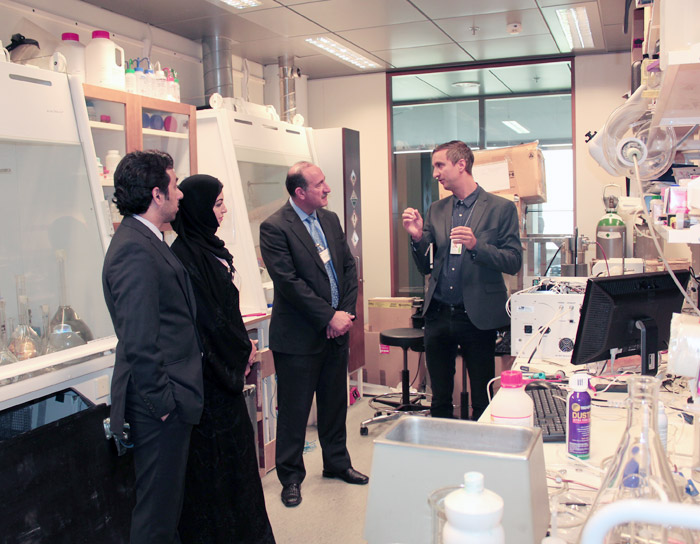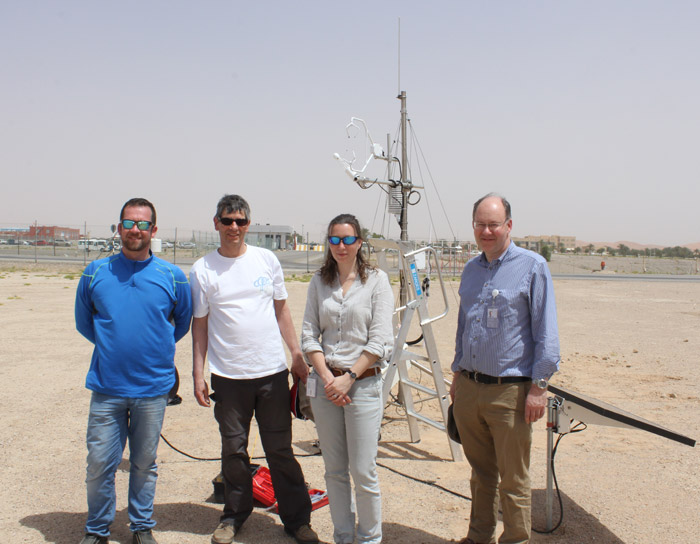Biography:
Dr. Paul Lawson is a Senior Research Scientist at SPEC Incorporated.
H received a B.S. degree in Electrical Engineering from Michigan State University in 1969 and M.S. and Ph.D. degrees in Atmospheric Science from the University of Wyoming in 1972 and 1988.
He has been heavily involved in the development of instrumentation and analysis of meteorological data for more than three decades.
Dr Lawson has also authored or co-authored over 100 peer-reviewed papers and has participated in over 50 meteorological field programs as scientist and/or Learjet pilot.
Dr Lawson is a past member of the American Meteorological Society (AMS) committee on cloud physics, and a member of over twenty NASA and NSF science teams.
Project Brief:
“Microphysics of Convective Clouds and the Effects of Hygroscopic Seeding”
SPEC investigates a new approach to rain enhancement that leverages ice production processes in cumulus clouds.
When large “supercooled” drops – drops that remain unfrozen at temperatures below zero degrees Celsius - form in clouds and freeze, they emit tiny ice particles.
These tiny ice particles then collide with other large supercooled drops, producing an avalanche process that freezes the remaining large drops, producing small hail stones.
The hail stones then melt into rain after they fall into the warm sub-cloud layer.
Seeding in the updraft at cloud base with water attracting material can facilitate the development of large drops that are required to generate the natural secondary ice process.
Using sophisticated instrumented aircraft and radar, this experiment studies this process in cumulus clouds in the UAE, and evaluate the potential for rain enhancement.
The operations are conducted in collaboration with Dr Hugh Morrison of the National Center for Atmospheric Research (NCAR) and Dr Roelof Bruintjes of Advanced Radar Corporation (ARC).
NCAR is providing numerical modeling support for the project, while the ARC is assisting the researchers through the provision of a flight scientist and analysis of radar data.
Key Outcomes:
- Aircraft and radar data were collected on cumulus congestus (CuCg) clouds in the U.S. and UAE to study their microphysics and dynamics. Modeling studies were also conducted.
- LES modeling provided useful insights into the cloud dynamics and microphysics, reproducing some aspects of the observations, but limitations in collision-coalescence and drizzle formation highlight areas needing further model improvements and evaluation.
- LES modeling provided useful insights into the cloud dynamics and microphysics, reproducing some aspects of the observations, but limitations in collision-coalescence and drizzle formation highlight areas needing further model improvements and evaluation.
- CuCg clouds in the UAE typically have cloud base temperatures around 10°C, which does not produce enough depth of warm cloud to naturally generate a strong coalescence process for rain formation.
- UAE CuCg clouds develop only very weak coalescence with low concentrations of supercooled large drops (SLDs), unlike Caribbean maritime clouds which have much stronger coalescence.
- Ice particles in UAE CuCg clouds appear to originate from colder cloud tops and get transported to warmer parts of the cloud via turbulent downdrafts.
- Seeding tests with a new nano-material composed of NaCl salt particles enclosed in a TiO2 shell showed some promise in modifying the droplet size distribution, but more studies are needed.
For more information on the project please visit: http://www.specinc.com/UAE_Award






